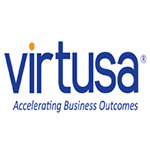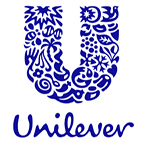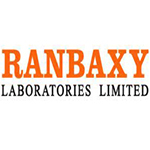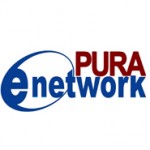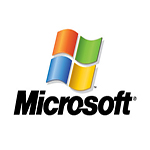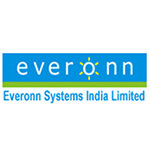Activating an SQL Server Virtual Machine on Azure
The Azure virtual machine gallery includes several images that contain Microsoft SQL Server. You can select one of the virtual machine images from the gallery and with a few clicks you can provision the virtual machine to your Azure environment.
How to connect to the Azure management portal and provision a virtual machine from the gallery
Using your Azure Management Portal account or the free trial version, on the create a virtual machine page, select a virtual machine image containing SQL Server, and then click the next arrow at the bottom right of the page.
If you have a virtual machine created by using the platform image SQL Server Evaluation edition, you cannot upgrade it to a per-minute paid edition image in the gallery. You can choose one of the following two options:
- You can create a new virtual machine by using the per-minute paid SQL Server edition from the gallery and migrate your database files to this new virtual machine by following the steps at How to migrate SQL Server database files and schema between virtual machines in Azure using data disks.
- You can upgrade an existing instance of SQL Server Evaluation edition to a different edition of SQL Server under the License Mobility through Software Assurance on Azure agreement by following the steps at Upgrade to a Different Edition of SQL Server 2014.
The first Virtual Machine Configuration page would require you to provide a virtual machine name, new user name, new password. You can then select the appropriate size from the drop down list.
The size of the virtual machine is specified during provisioning. The size selected limits the number of data disks you can configure.A7 is recommended when using SQL Server 2012 or 2014 Enterprise Optimized for Data Warehousing Workloads images.
The second Virtual Machine Configuration page would require you to configure resources for networking, storage, and availability hence allowing Azure to prepare your virtual machine.
Opening the virtual machine using Remote Desktop and complete setup
Once provisioning completes, click on the name of your virtual machine to go to the dashboard page to connect. Choose to open the rpd file using the Windows Remote Desktop program (%windir%\system32\mstsc.exe).
The first time you log on to this virtual machine, several processes may need to complete, including setup of your desktop, Windows updates, and completion of the Windows initial configuration tasks (sysprep). After Windows sysprep completes, SQL Server setup completes configuration tasks. Once you are connected to the virtual machine with Windows Remote Desktop, the virtual machine works much like any other computer.
Complete Configuration steps to connect to the virtual machine Using SQL Server Management Studio on another computer
Before you can connect to the instance of SQL Server from the internet, you must complete the following tasks as described in the sections that follow:
Create a TCP endpoint for the virtual machine
Open TCP ports in the Windows firewall
Configure SQL Server to listen on the TCP protocol
Configure SQL Server for mixed mode authentication
Create SQL Server authentication logins
Determine the DNS name of the virtual machine
Connect to the Database Engine from another computer
Connecting to the Database Engine from your application
Conclusion
It is important to follow the detailed guidance given in the SQL Server in Azure Virtual Machines documentation in the library. This documentation set includes a series of articles and tutorials that provide detailed guidance. The series includes the following sections:
SQL Server in Azure Virtual Machines
Getting Started with SQL Server in Azure Virtual Machines
Getting Ready to Migrate to SQL Server in Azure Virtual Machines
How to migrate SQL Server database files and schema between virtual machines in Azure using data disks
Disclaimer: Many of the articles are taken from MSDN, Azure tutorials and other sources on internet to provide a single place for various information about azure development.No copyright on this information is claimed and the copyright of all information is acrrued to all original authors including MSDN and Microsoft azure training materials.Some of this information shall be outdated or incorrect and the authenticty of the information contained should be verified with changes in azure or your own environment. We do not recommend using any of this information without proper consultation.
